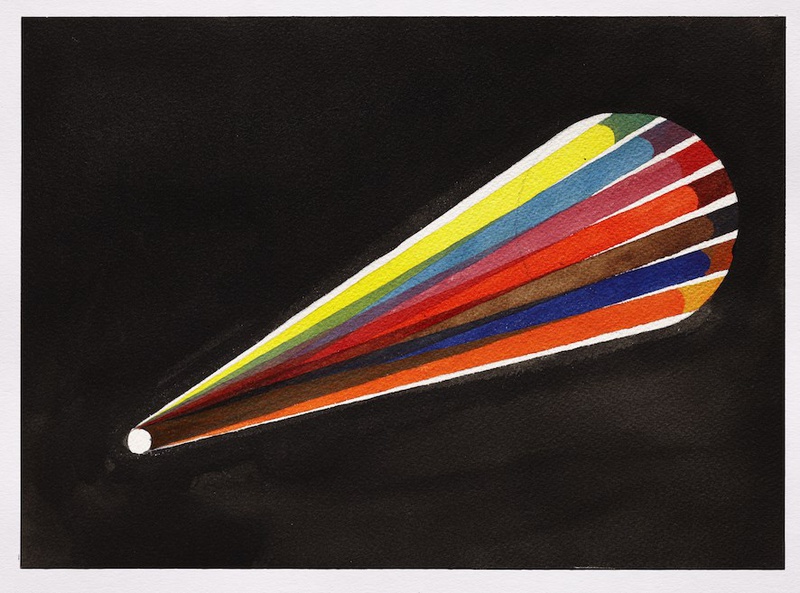“The sea is fed by rivers and by the rain beneath which it lies. Its waves never wash over clouds and rivers, but when warmed by the son, they feed the clouds, which in turn fill the rivers, thus bringing everything full circle, in perfect harmony. That is nature.’’
This statement is symbolic for the Chinese morality of fighting and it signifies that in nature there are no winners. It is not about winning or losing, but over service and surrender. In her work ‘The Garden’, Sara van der Heide films her garden. Van der Heide followed the biological rhythm of nature for a year, without disturbing the process, with no human interference whatsoever. The plants grow, flower and decay and if Van der Heide were to film another year, the film would be the same, because nature goes on endlessly and is bigger than humanity.
Bauhaus artist, Paul Klee, claims that art issues from the same source as nature. According to him, both are part of a larger cosmic entity. Van der Heide’s work ‘Claim to Universality, Colour Theory Exercise 1-20’, is about this idea. The series is based on a drawing made by one of Paul Klee’s students, Lena Bergner, in 1927. The series is comprised of twenty water-colours that represent the fundamental properties of a water-colour: light and colour. In this work too, Sara documents a system that already exists, she looks, examines and paints, but then lets go of any ideas she may have about a painting because someone else has already formulated them.

